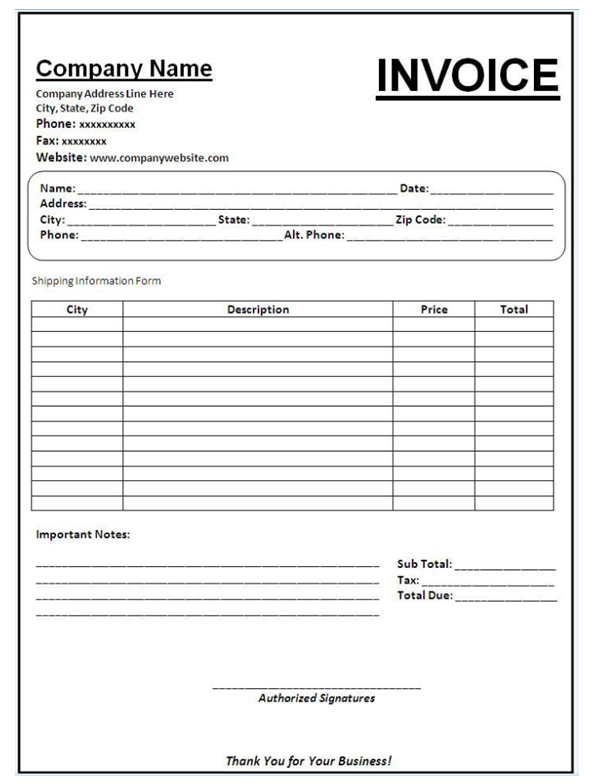

The closer to the MSRP they sell the vehicle, the higher the dealer’s profit margin and the bigger the commission check. If they are paid on the gross amount of each vehicle they sell, there is an incentive to keep you at the higher end of the pricing scale or closer to the MSRP. How the typical dealership pays its sales consultants is part of the reason why. If you start here, you are at a disadvantage. But remember where MSRP falls at the “higher and easy” end of the spectrum. The common strategy is to negotiate down from the MSRP. That said, it’s crucial to have the ball in your court when you negotiate.
#Define invoice cost how to#
They have their sales process down, they know how to negotiate, and they know how much money is on the table with every vehicle on their lot. Dealers sell vehicles every day, whereas you may only buy one every few years. In the typical car sales environment, the odds are stacked against you. For you, the invoice price generally represents the lowest possible number as a starting point for negotiations. For now, let’s focus on the invoice price and what it means in the consumer world, not the dealership world. Our goal here – and your end goal before visiting a dealership – is to get as much information as possible when it comes to the amount you will pay for a new car.

For example, a common question is how much lower is the invoice price than the MSRP? Or is the invoice price actually a good deal? The answers can and do vary, and every new vehicle is different in how it’s priced. We have a caveat to add but will cover it at the end. Invoice prices are lower than the MSRP, but not as easy to find! When a manufacturer ships a vehicle from the factory, the dealership is handed a bill (or an invoice). Generally speaking, the invoice price is what the dealer pays for the new cars on its lot. The invoice price will not be listed on a window sticker. The MSRP appears in the bottom right-hand corner, just above the safety ratings column. There is a tendency to “negotiate down” from MSRP, but you are better to negotiate up from the invoice prices. Every rebate you are eligible for is subtracted from the MSRP. You can check online, through an automaker’s website, what the current rebates and incentives are. You may even qualify for additional rebates, like military service or if you are a college student. Although they will vary by vehicle, region, and time of year, manufacturer rebates (sometimes called factory incentives) are available when buying a new car. Yes, and you should never purchase the average new car for the exact MSRP.

Can You Buy a New Car for Less Than MSRP? It does not include rebates, tax, title, license, or any other fees. The MSRP includes the base price for the new car, extra factory options or packages, dealer add-ons (if applicable), and the destination charge (which can vary by state). It will be readily available on the vehicle’s window sticker (maybe even boxed and highlighted), on a dealer’s website, or listed in almost every car review on the internet.ĭespite being easy to find, the sticker price is one of the higher figures (strictly in terms of dollar figures, not actual costs) you will see during the car buying process. The Manufacturer’s Suggested Retail Price is easy to find. Sometimes referred to as the “retail price” or “sticker price,” the MSRP is the purchase price as suggested by the automaker.

MSRP is the acronym for Manufacturer’s Suggested Retail Price. Let’s start first with a quick definition of each. This is important because it impacts a dealer’s profit margin and your final cost for a new car. invoice concept looks like, think in terms of higher and lower, and easy and not so easy. In this guide, we will go through both and share some best practices that will help you ultimately pay less money for a new vehicle. The quick explanation is that MSRP is for consumers, and the invoice price is for dealers. Knowing the difference between the MSRP and the invoice price will help you save money on a new vehicle.


 0 kommentar(er)
0 kommentar(er)
